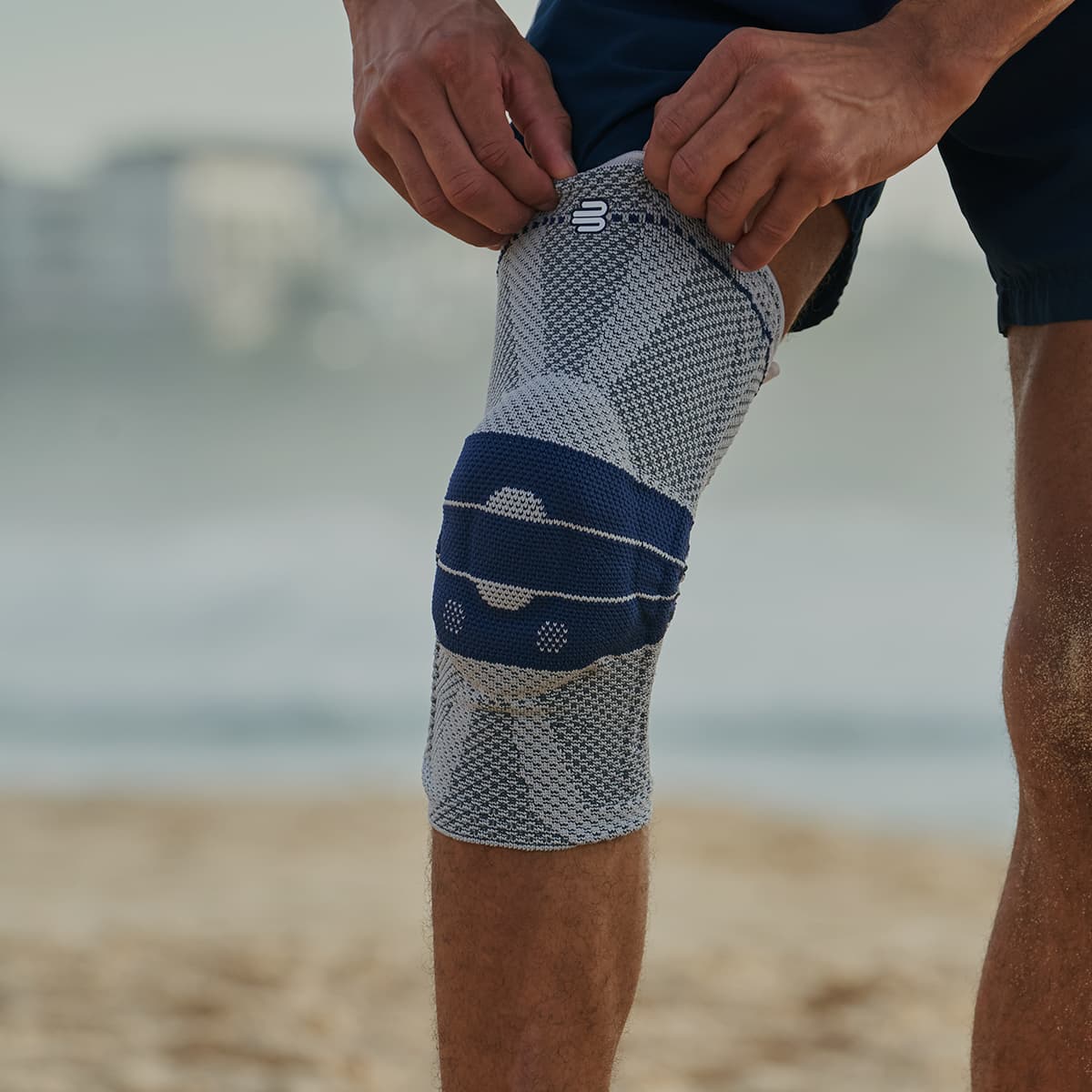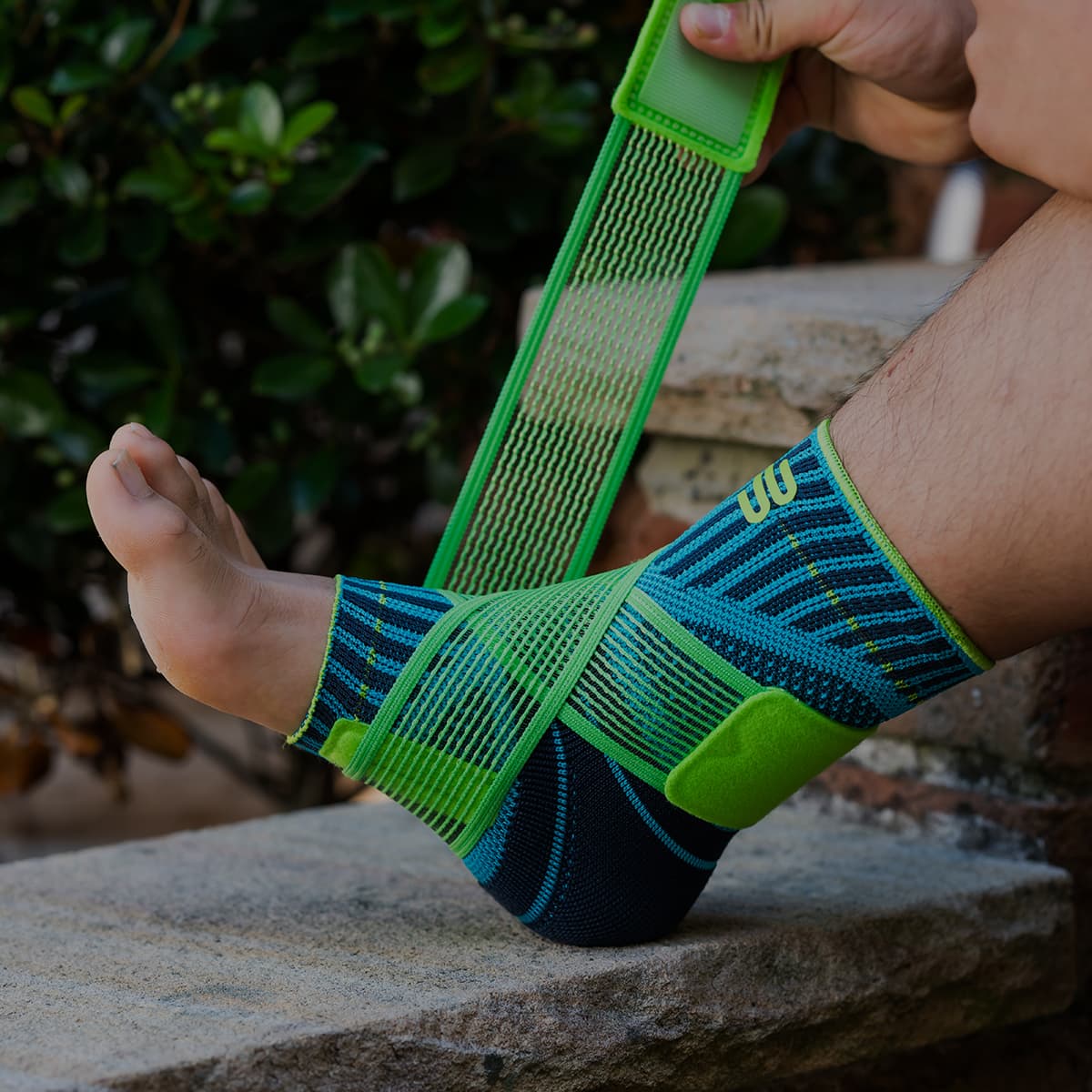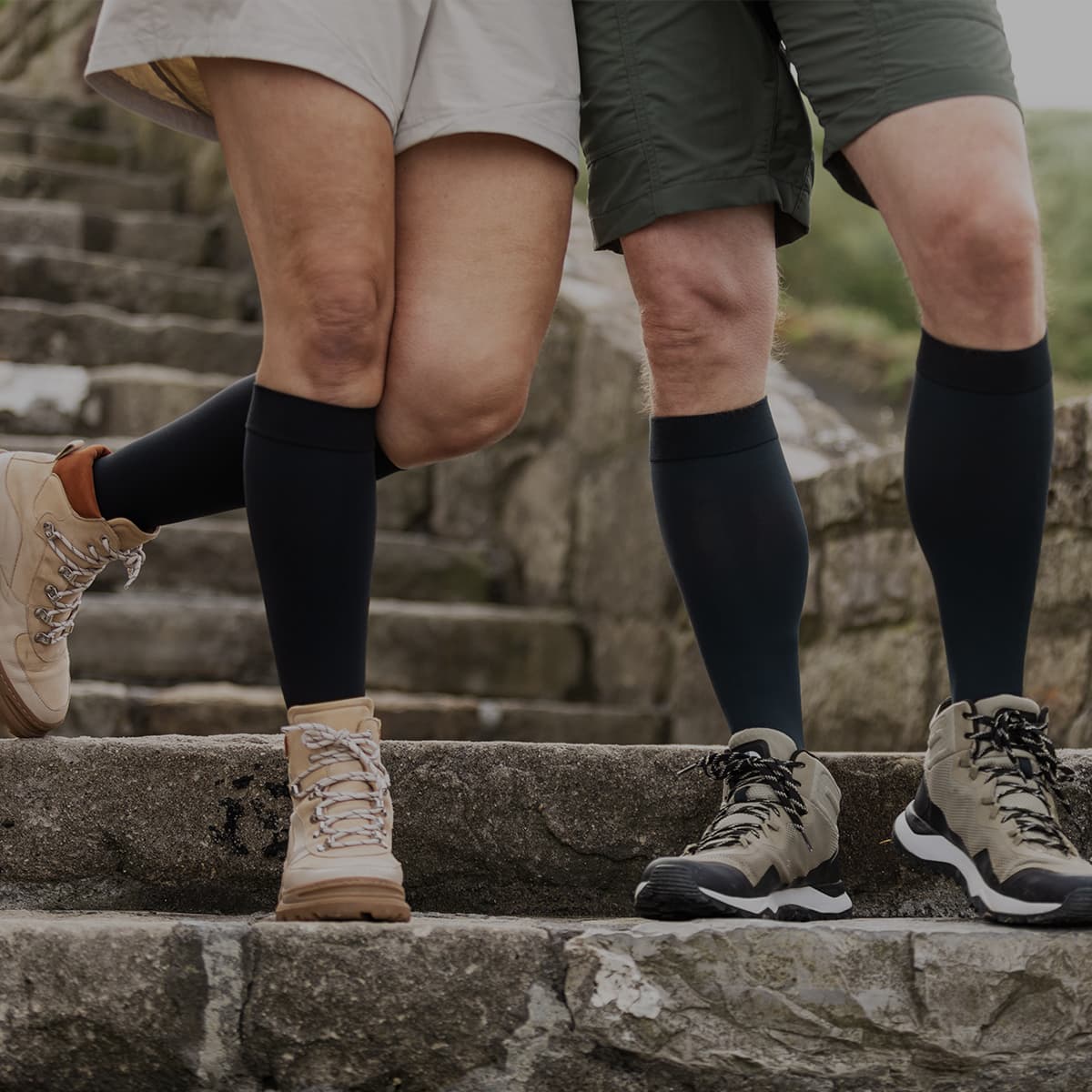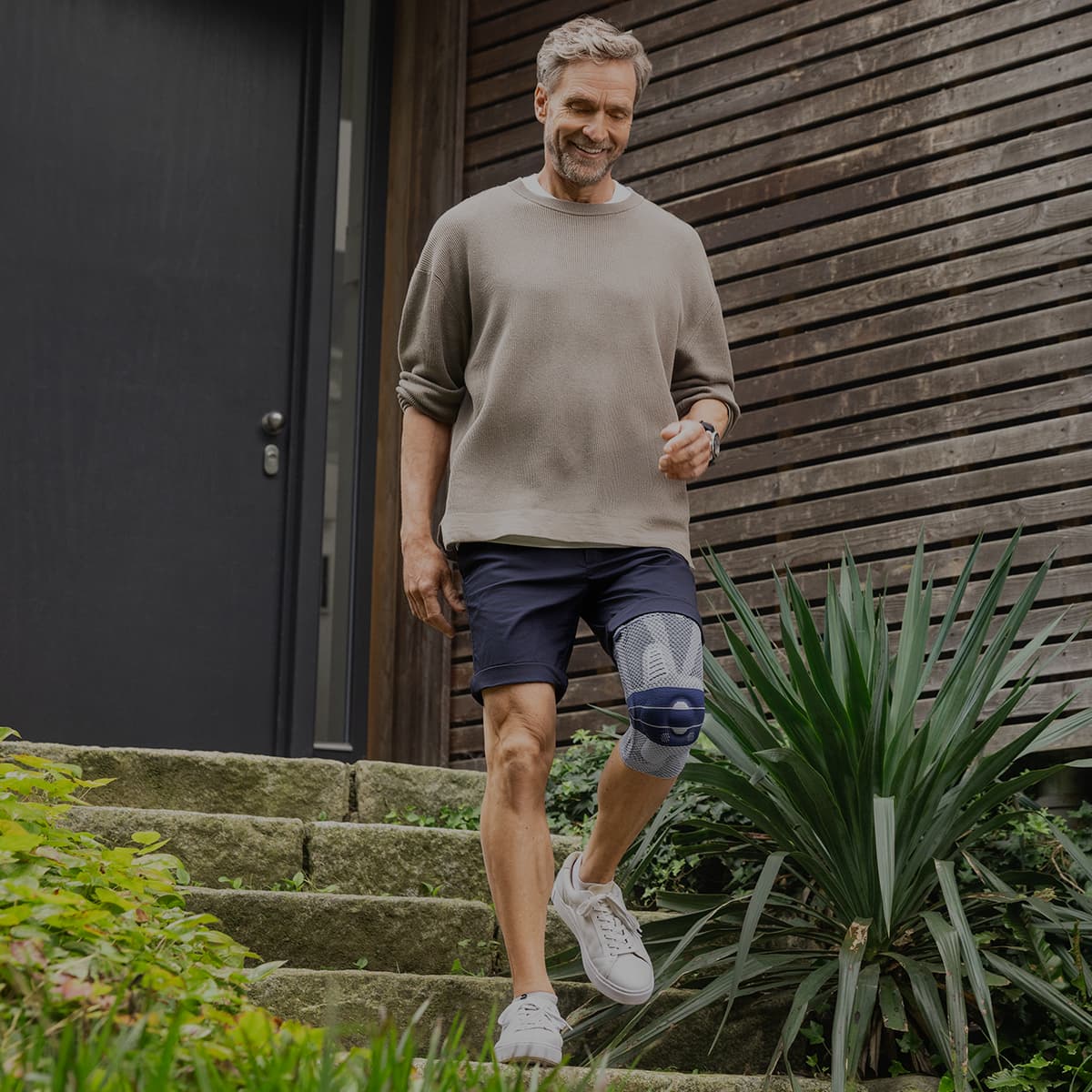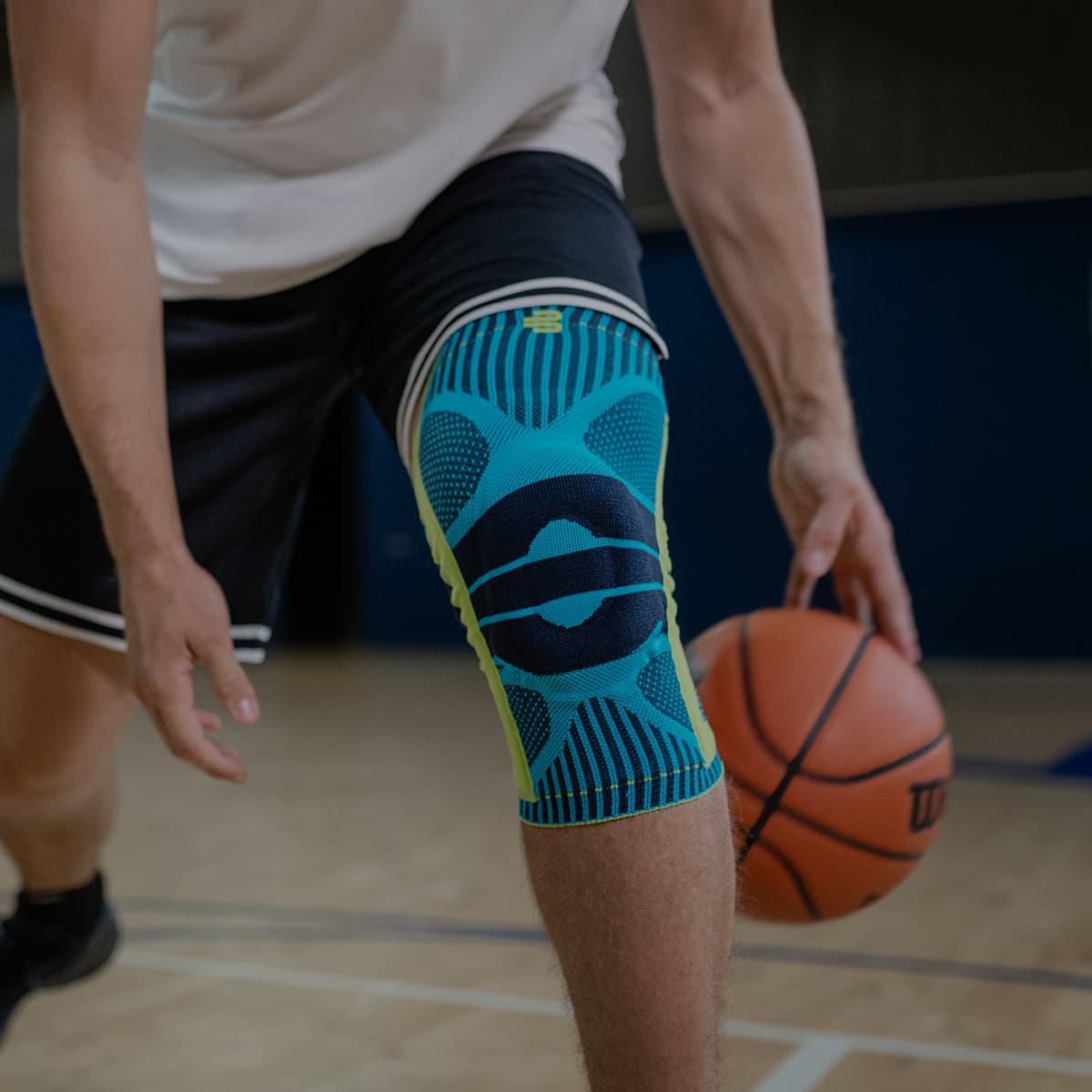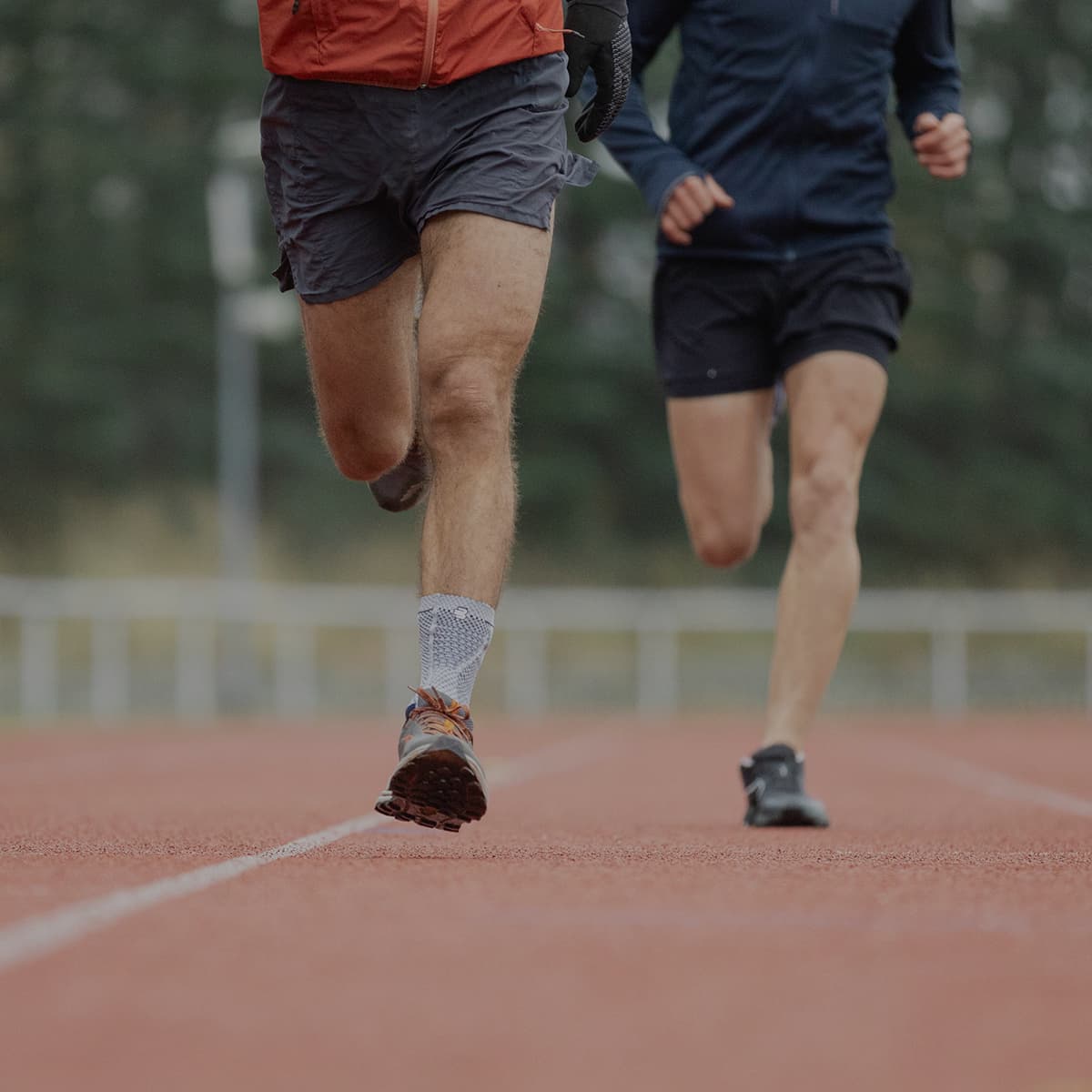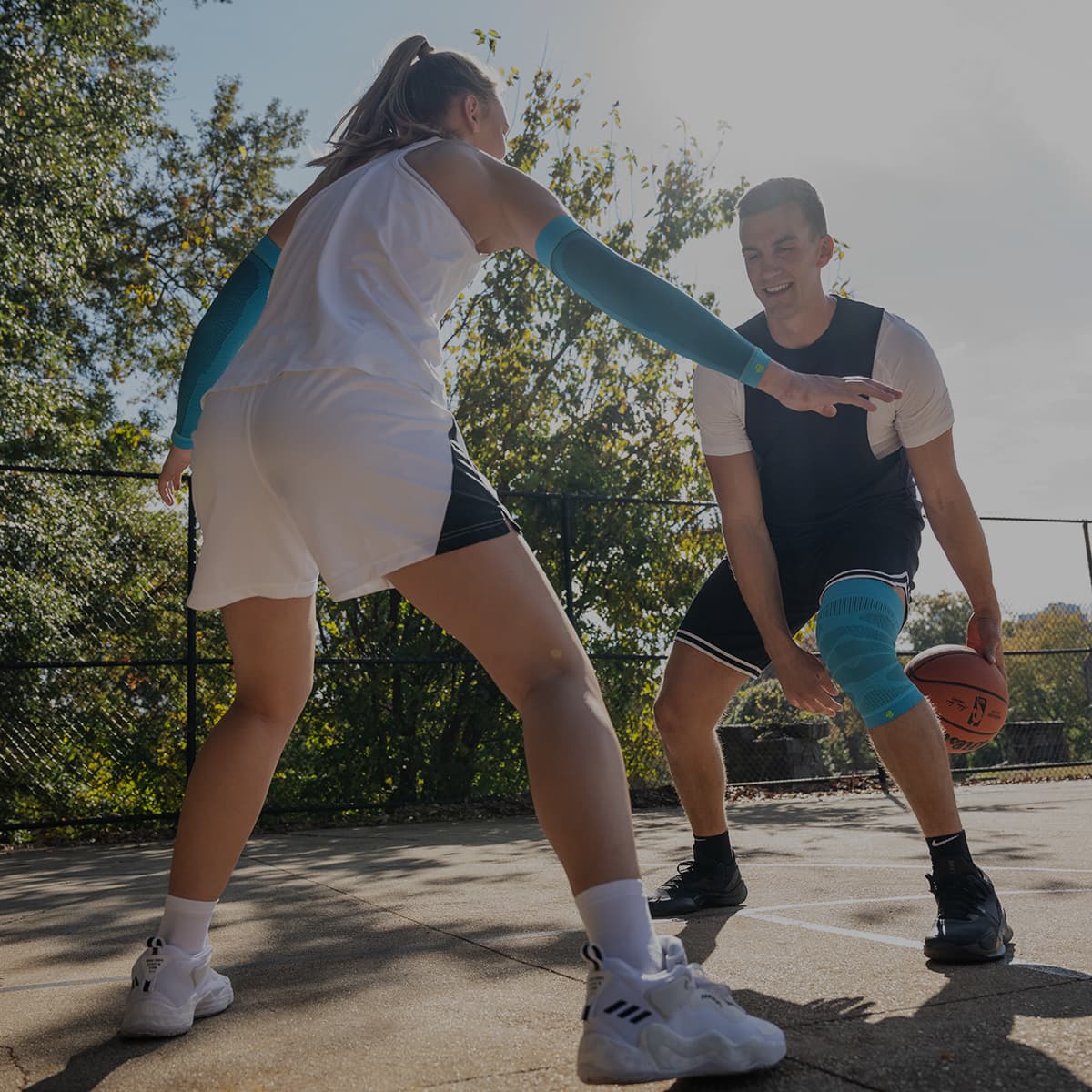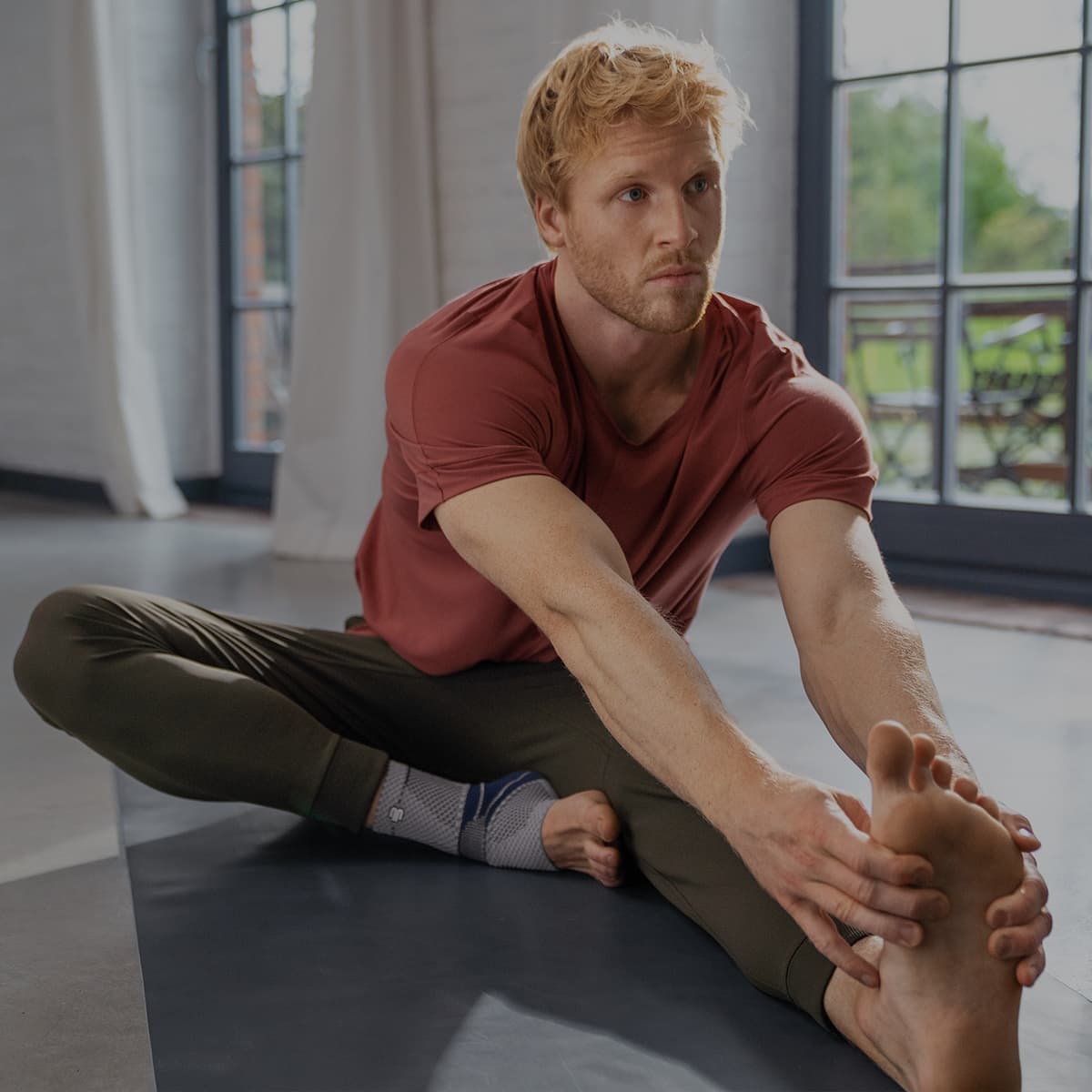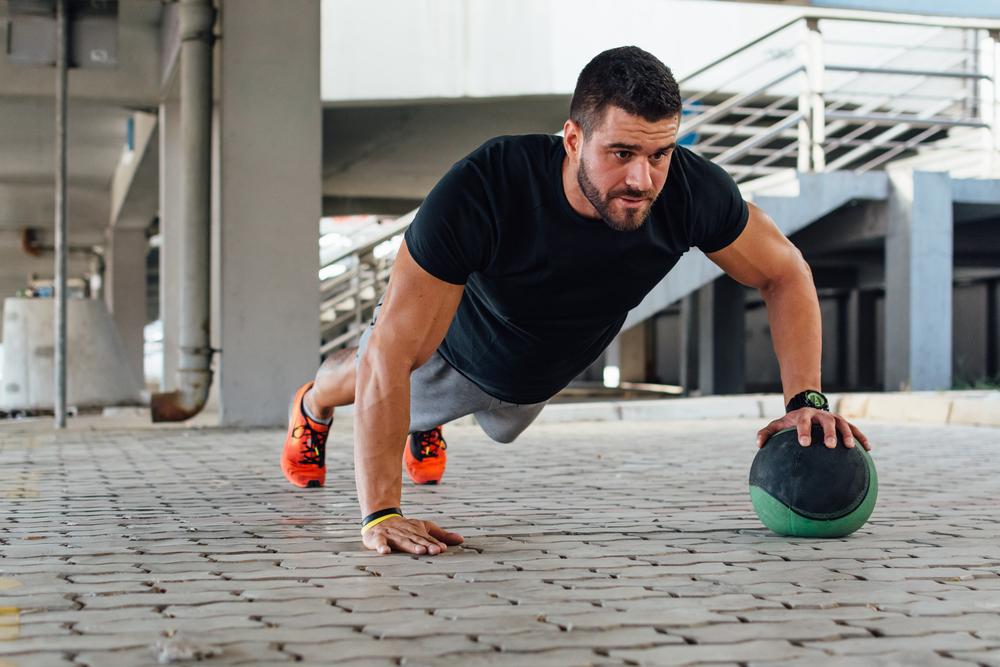According to a survey by nerdbear.com, searches for home workouts have soared by 488% since the coronavirus outbreak. And, with a sudden surge in physical activity, comes the increased risk of injury. To ensure you are safely working out while you're at home, try these expert tips to stay injury-free.
Home fitness essentials
Lockdown is turning even the most run-phobic of us into dedicated joggers. Many of us are taking advantage of no commute to work, or are so desperate for a break from our isolation bubble, that working out has become our third favourite quarantine pastime - after reading and watching TV.
However, without proper precautions, upping your km's and increasing your training can lead to muscle sprains, tight or torn tendons and painful joints. Having the right gear can help prevent injury and speed up recovery, try these compression socks, ankle support and knee straps here.
For cardiovascular or aerobic training, the most important item to have is an appropriate pair of walking or running shoes. Inappropriate footwear can potentially lead to injuries. The best way to ensure you have the correct fitting shoe is to have an assessment at a specialist retailer, but as that's not an option right now, try an online guide, such as the ASICS Shoe Finder.
Many machines in the gym use stacked weights as resistance, leading to strengthening and muscle building. Bodyweight can be used as a substitute for the stacked weights to achieve the same effect. Some examples of these exercises are:
- Dips
- Squats / half-squats
- Push-ups
- Crunches / sit-ups
Other useful items for an at-home workout are:
- Exercise ball to improve body balance and improve flexibility
- Skipping rope for a cardiovascular workout
- Free weights for strength-building and toning
- Resistance bands for muscle toning
- An exercise mat is useful too
Warming up
According to Harvard Health, we should take five to ten minutes to warm up and cool down properly. A safe fitness routine will always start slowly and progress steadily, but a lot of online classes don’t include warm-ups or only go through a couple of stretches at the start.
A good warm-up will include all over body dynamic movements which gently prepare the body for exercises by gradually increasing the heart rate, loosening up the joints and increasing the blood flow to the muscles. This assists in improving the range of mobility around your joints and increases flexibility, which lessens the chance for injury.
Here's an example of some dynamic exercises you can try:
- Start with some jogging or skipping for a few minutes, enough to raise your heart rate but not working too hard.
- Next, try 10 star jumps before some gentle lunges – forwards, sideways and backwards – followed by 10 slow squats.
- Glute bridges are great to wake up the muscles in your bottom, which are essential for running. Lie on your back, knees bent, and lift your hips up off the floor, squeezing your glutes and keeping your abs engaged. Try 10.
Have you tried foam rolling? Foam rollers are an amazing way to work your muscles and improve circulation to both ready the body for exercise during warm-up and to help it recover afterwards.

Strengthen your muscles
Strengthening ligaments, tendons, and muscles will better enable your body to operate with control and stability, which is key to reducing your chance of injury. Try these:
For stronger ankles:
- Stand on one leg, bend your knee and close your eyes. Practice that for 20 secs on each leg three times each.
For stronger knees:
- Box Jumps; stand with feet spread hip-width apart while facing a box. Now jump up onto the box. Keep your hips and knees bent while landing, this will ensure a soft and quiet landing that will absorb the force of impact. Ensure that your knees remain over your ankles and behind your toes at landing. Step down and repeat as your ability allows.
Sore knees? Ligaments in the knee provide stability for our knee joints. When one or more of those ligaments are damaged, stability may be compromised. Bauerfeind’s large range of knee braces provide support to enhance stability after a knee ligament injury.
Cooldown
Cooling down is just as important as warming up, but is often overlooked. The goal is to lower the heart rate and body temperature, spend another five to ten minutes reducing the intensity of your activity and stretching your muscles.
Listen to your body - and speak with a Bauerfeind expert
It's normal for your muscles to feel sore 12 to 24 hours after a good workout but if you have a sharp pain that occurs during or immediately after your workout, or that lingers for a few days, it could be a sign of damage. You can call 1300 668 466 or book a complimentary video consult with one of the Bauerfeind experts who can recommend the right product to help with your needs.
What to do if you get injured during an at-home workout
If you think you’ve injured yourself during a workout, there are a few things you can do to care for yourself:
- Rest. Let your injury heal before you continue to exercise.
- Ice. Apply ice for 10 to 15 minutes at a time to help reduce swelling.
- Compress. Using a gentle compression bandage can help minimize swelling.
- Elevate. To help reduce swelling, elevate an injury.
- Stabilize. Use a brace to help stabilize a joint injury.
- Medicate. Take an anti-inflammatory medication to reduce pain and inflammation.

